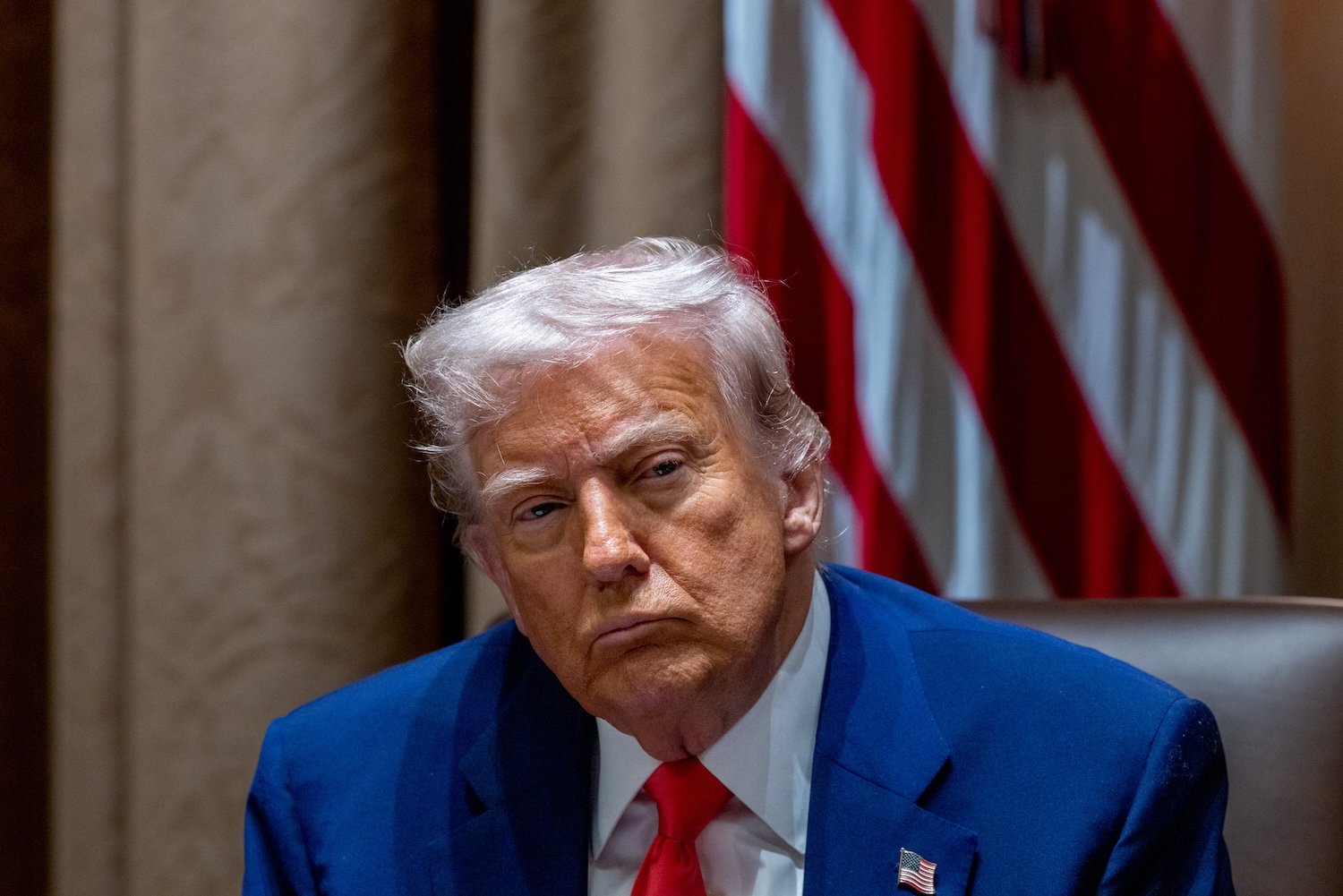
Trump Targets Public Media in Renewed Assault on Press Freedom
Donald Trump, fulfilling campaign promises from his second run for the presidency, has escalated his attacks on the media, a group he has repeatedly labeled "the enemy of the American people." In a move that directly impacts hundreds of local stations across the country, Trump has initiated the process of eliminating federal funding for both National Public Radio (NPR) and the Public Broadcasting Service (PBS).
Just over 100 days into his second term, Trump signed an executive order directing the Corporation for Public Broadcasting (CPB) to cease all funding for NPR and PBS. He previously described these organizations as "radical left ‘monsters’." The justification for this action, according to the order, is that "Government funding of news media in this environment is not only outdated and unnecessary but corrosive to the appearance of journalistic independence."
The White House, opting for a less nuanced approach in its public communication, released a statement claiming that NPR and PBS "receive tens of millions of dollars in taxpayer funds each year to spread radical, woke propaganda disguised as ‘news’." Specific examples cited by the White House included NPR’s public apology for using the term "illegal" to describe individuals, a PBS documentary focused on the topic of reparations, and content produced by both organizations that addressed transgender communities.
It is important to understand the structure and purpose of the CPB. This private, nonprofit corporation was authorized by Congress in 1967 through the Public Broadcasting Act. The legislation explicitly states that the CPB is not to be considered "an agency or establishment of the United States Government." The intent of this designation was to ensure the "maximum freedom" of public media from any "extraneous interference and control."
In response to Trump’s executive order, Paula Kerger, the president and CEO of PBS, issued a statement characterizing the action as "blatantly unlawful" and asserting that it "threatens our ability to serve the American public with educational programming." Kate Riley, president and CEO of America’s Public Television Stations, echoed these concerns, warning that Trump’s order "would devastate the public safety, educational, and local service missions of public media."
The CPB receives approximately $535 million in federal funding each fiscal year. This funding is then distributed through grants to over 1,500 locally owned public radio and television stations, with a specific emphasis on supporting content designed for underserved audiences. While many may immediately associate CPB funding with iconic children’s shows like Sesame Street or Between the Lions, its impact extends far beyond entertainment. As Riley highlighted, CPB funding also underpins crucial public safety services, such as the PBS Warn System, which is essential for disseminating emergency information. These proposed restrictions would disproportionately impact local stations serving smaller, more rural communities.
Beyond the attempt to defund public media, the Trump administration has employed a range of tactics during its first 100 days in office that appear designed to target and suppress the media.
For instance, the administration is currently engaged in a legal dispute with Associated Press reporters. The conflict stems from the administration blocking AP reporters from covering White House events because the AP refused to refer to the Gulf of Mexico as the "Gulf of America." The Foundation for Individual Rights and Expression condemned this action as a clear assault on press freedom, stating, "The role of the press is to hold those in power accountable, not to act as their mouthpiece." Earlier this week, the Committee to Protect Journalists (CPJ) released a report highlighting how the Trump administration is "chipping away" at press freedom. The CPJ typically waits a year to assess an administration’s impact on the press, but the severity of Trump’s actions warranted an immediate evaluation.
In addition to attempting to control the CPB’s funding, Trump also sought to remove three of its board members, including two Biden appointees. While the president does have the authority to appoint board members, subject to consultation with Senate leaders from both parties, he lacks the power to unilaterally remove them. The CPB responded with a lawsuit challenging Trump’s actions.
Patricia Harrison, President and CEO of CPB, stated, “CPB is not a federal executive agency subject to the President’s authority. In creating CPB, Congress expressly forbade any department, agency, officer, or employee of the United States to exercise any direction, supervision, or control over educational television or radio broadcasting, or over [CPB] or any of its grantees or contractors.”
The executive order is likely to face legal challenges. However, Stephen Vladeck, a law professor at Georgetown University, cautions that the primary goal of these actions is not necessarily to win legal battles. Instead, he argues that the Trump administration’s actions are "designed to intimidate, to chill, to shift the conversation, to consume the oxygen."
Trump’s attacks on journalism cannot be considered in isolation. They are part of a broader pattern of behavior that seeks to expand the power of his administration. From Project DOGE’s ambitious plans to consolidate data from various federal agencies into a single master database to efforts to bring independent agencies under greater control, these actions are interconnected. The underlying principle is clear: control the production, flow, and dissemination of information, and you effectively control the narrative, enabling you to pursue your agenda unchecked.
